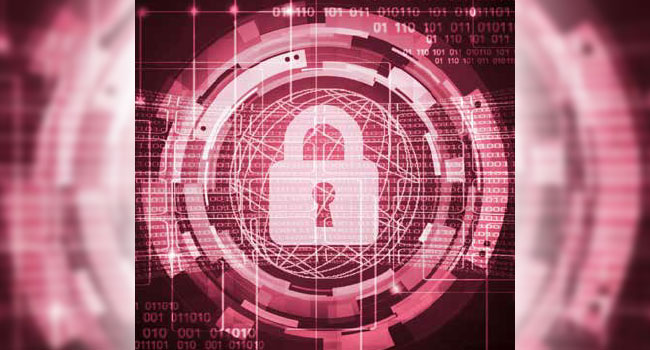
Cyber Threat Readiness Report Reveals Misalignment Between Execs, Security Analysts
Swimlane recently announced the release of the “2023 Cyber Threat Readiness Report” based on research conducted by Dimensional Research. The report reveals a lack of executive understanding and an ever-widening talent gap that is placing an unsustainable burden on security teams to prevent business-ending breaches.
Dimensional Research surveyed 1,005 security professionals and executives at enterprise companies with at least 5,000 employees and $600M in revenue. Respondents came from North and Latin America, Europe, the Middle East and Africa (EMEA), and the Asia-Pacific (APAC) region. The research investigated the perceptions of cybersecurity among on-the-ground security professionals and executives, the current trends in hiring and retaining talent and the effectiveness of tools leveraged to address today’s top cybersecurity challenges.
“Organizations across industries and around the globe are struggling to hire and keep qualified cybersecurity professionals who can effectively manage today's threat landscape,” said James Brear, CEO of Swimlane. “This, in addition to a rapidly evolving regulatory landscape and complex new threats brought on by generative AI, highlights the need for organizations to scale their defenses before it's too late. We hope our research serves as a catalyst for discussion that paves the way for a new era of cybersecurity that strikes a balance between human expertise and technological advancements.”
A Top-Down Security Disparity
Despite increased cybersecurity discussions at the C-suite and boardroom level, a sharp juxtaposition has emerged between executives who believe that every security alert is being addressed and the teams on the ground addressing the alerts. Seventy percent of executives believe that all alerts are being handled by their security team, while only 36% of front-line roles responsible for managing alerts agree. The truth is only 58% of organizations are actually addressing every single alert.
While the use of automation is increasing in popularity to overcome these challenges, a notable disconnect also exists in understanding the security team's skill set and available resources to adopt heavy-scripting automation tools. 87% of executives believe their security team possesses what it takes for successful adoption. In comparison, only 52% of front-line roles state they have enough experience to properly use this type of technology.
Struggle to Hire and Retain Talent Amplifies Risks
Respondents overwhelmingly indicated increased challenges in finding candidates with the right technical skills, experience and industry-specific knowledge. Seventy percent of companies reported it takes longer to fill a cybersecurity role now than it did two years ago. When asked how long it takes to fill a cybersecurity role, 82% of organizations report it takes three months or longer, with 34% reporting it takes seven months or more. These challenges have led one-third (33%) of organizations to believe they will never have a fully-staffed security team with the proper skills.
The research also found that alarming levels of employee turnover and burnout pose a substantial risk to businesses, jeopardizing their operational stability and resilience. More than nine out of 10 participants (95%) report business issues resulting from security team turnover, including slower threat identification, response and remediation, and the inability to address alerts.
The Implications of Cybersecurity Automation
The research findings highlighted that people alone can not solve the issues plaguing today’s cybersecurity teams. Organizations that are successfully meeting these challenges head-on are augmenting the expertise of the people on the security operations (SecOps) team with strategic technology investments. Over three-quarters (78%) of organizations that handle every alert said they use low-code security automation in their security stack. Ninety-eight percent of participants said there were advantages to using security automation solutions that embrace low-code principles, such as the ability to scale the solution with the team’s experience with less reliance on coding skills.
According to Gartner, “It is commonplace for SOAR technologies to offer low-code-like functionality. This makes programming and workflow improvements more accessible to all members of the security operations team even if they do not have a lot of programming experience. While SOAR continues to offer a lot of features for “power users,” these individuals can have broader responsibilities for automation across the organization. Power users can develop their own integrations and often reuse existing code/scripts. SOAR is then used to help build out more repeatable playbooks, allowing organizations to utilize this code based on the building blocks that already exist in the technology.”